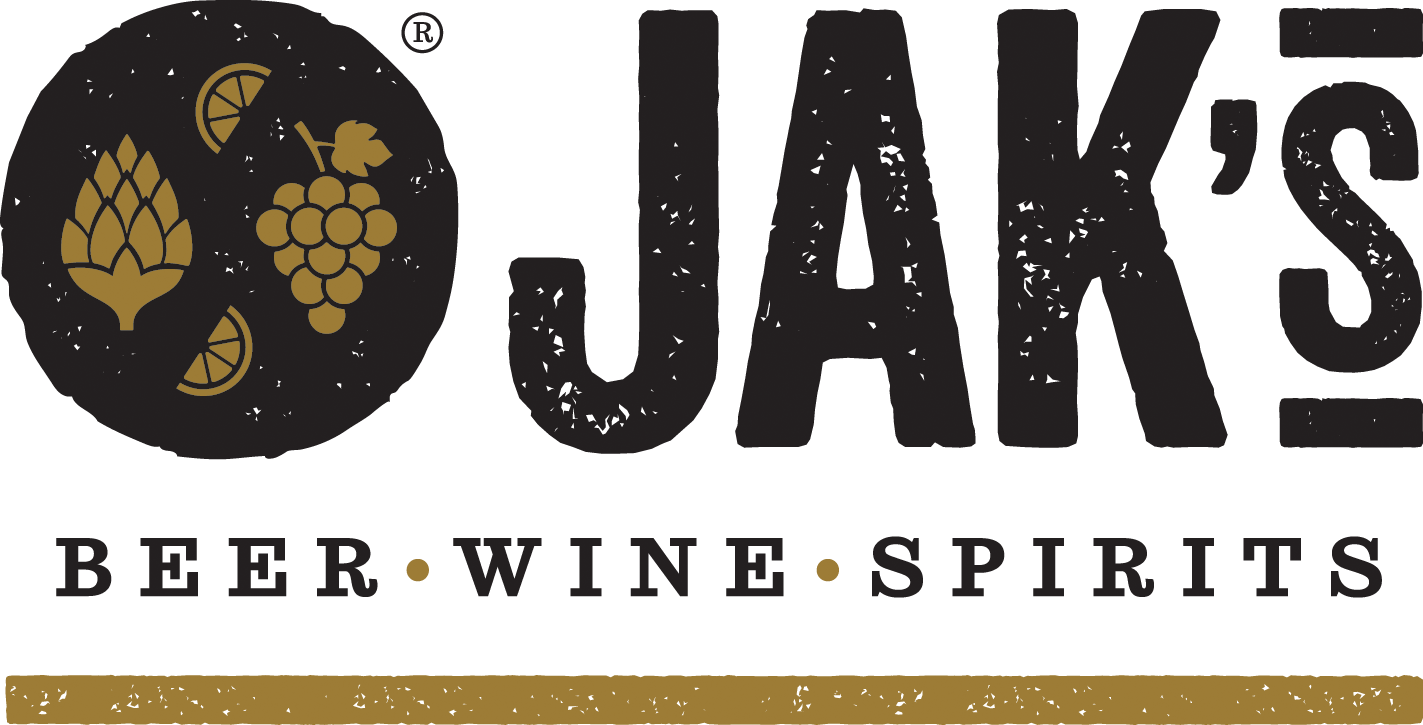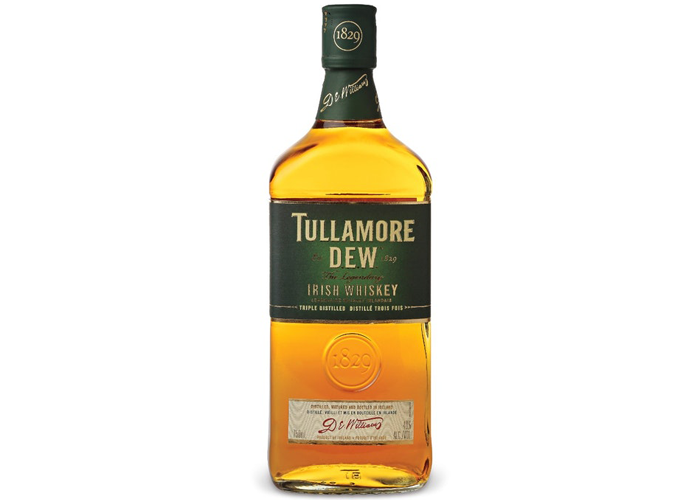Irish whiskey has a long history and was one of the earliest drinks to first be distilled in Europe. It is said that Irish monks brought back distilling practices to Ireland from their travels to Southern Europe around 1000 AD but the first official record of Irish whiskey dates back to 1405. This is almost 90 years prior to records found in Scotland.
Irish whiskey has had its knocks in history, the Irish War of Independence from 1919 to 1921 cut off access to the money markets of the US and UK. Then prohibition in the US followed on the heels in 1920-1933 adding further damage hurting whiskey production and distribution. Mobsters were producing poor counterfeit Irish whiskey during this period and the reputation of Irish whiskey took a real hit. As a result, Irish whiskey production went into decline leaving only a few distilleries open, and in the 1970’s only 2 distilleries remained (the new Midleton Distillery in the south and the Old Bushmills Distillery in the north).
Flash forward to today and there are 16 distilleries now operating while another 15 are in the planning stage. Irish whiskey is back gaining ground fast and is here to stay.
What differentiates an Irish whisky other than being known to be smooth and mellow? This could be contributed to triple distillation. This is great marketing against its close competitor in Scotland but the truth is not all Irish whiskies are triple distilled, mind you the vast majority are. Popular user brands such as Jameson’s and Tullamore Dew do practice triple distillation which can lend a lighter, fruitier and creamier style.
Most Irish whiskies are blends using a combination of unmalted barley and malted barley along with other grains. The unmalted barley will lend more overall weight and a touch of creaminess to the palate along with bringing some crunchy spice notes to the table. However, we are seeing more single grain whiskies emerge.
By law, an Irish whiskey must be aged for 3 years before release which mirrors the same whiskey ageing laws as in Scotland and Canada. There is no law saying that an Irish whiskey cannot be peated though. It is not as common as we see in Scotland but more distilleries are experimenting with peat or heavily charred oak casks to give their whiskey a smoky profile. Cooley’s released the first peated single malt seen in over a century in 1999, the Connemara and others are following suit.
As you get your green on, dress as a shamrock and chase rainbows today, also celebrate the wide, wonderful world of Irish whiskey. There is so much diversity in this category and some fabulous flavours to be found in this liquid pot of gold!
Tullamore Dew Irish Whiskey - $38.99 on sale for $34.98
Triple distilled and aged in a combination of ex-bourbon and sherry casks, this original blended Irish whiskey is known for its smooth and gentle complexity. Uplifting aromas of citrus, green apple and vanilla carry through on the palate with notes of almond biscotti. Get your Irish on for March 17th!
West Cork Black Cask Irish Whiskey - $59.99
Crafted using a blend of 66% grain whiskies along with 33% malt whiskey. It is then matured in ex-Bourbon barrel and transferred to newly XX charred casks for finishing. The result is a smooth and spicy whiskey with a smoky sweetness encompassing notes of vanilla and baked stone fruits. Perfect match for grilled and charred anything!



